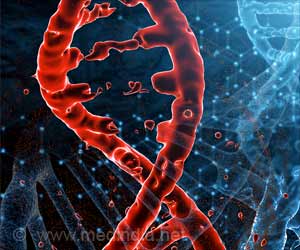The effectiveness of vaccine delivery is improved by incorporating nanobubbles (NBs) in gene therapy that delivers mRNA into specific diseased cells.

Improving Gene Therapy with Tiny Bubbles
To take mRNA’s disease-fighting effectiveness even further, researchers are working to develop a more efficient way to deliver the material into targeted cells using tiny gas-core particles—called nanobubbles (NBs)—with a targeting molecule to deliver the mRNA into specific cells.‘Researchers hope to develop a process that overcomes the challenge of gene therapy targeting diseased cells with the help of the Moderna Inc. global fellowship award.’





Beyond vaccines, mRNA offers immense potential to fight disease, but targeting the genetic material of specific diseased cells is challenging requiring a new method. To meet this need, researchers have developed a process that essentially uses bubbles to overcome the problem.When combined with non-invasive, gentle sound waves that can be used without harming the body, the NBs can make it easier to enter cells by “cavitation,” or popping the bubbles, resulting in more efficient gene delivery.
The approach has been tried with larger microbubbles, but the particles were too big to escape the blood vessel and move into the surrounding tissue, the researchers said. But NBs are 1,000 times smaller and can escape from leaky blood vessels in diseases—such as tumors—and accumulate in the targeted tissue.
Of course, there are still many challenges and potential limitations to this approach that will need to be addressed, such as optimizing the design of the NBs, ensuring that the mRNA is effectively released from the NBs once inside the cell, and minimizing any potential toxicity or immune reactions. The future of mRNA delivery will be shaped by this, and many other approaches being developed in research labs worldwide.
Advertisement












